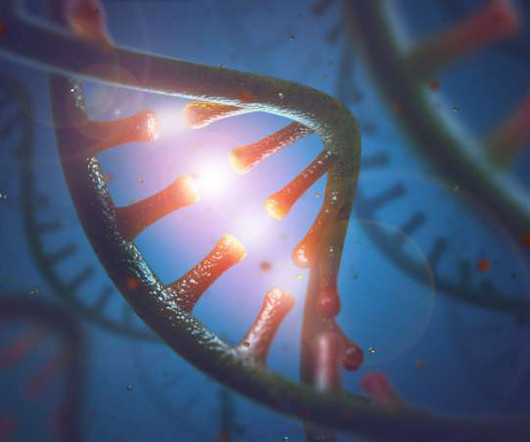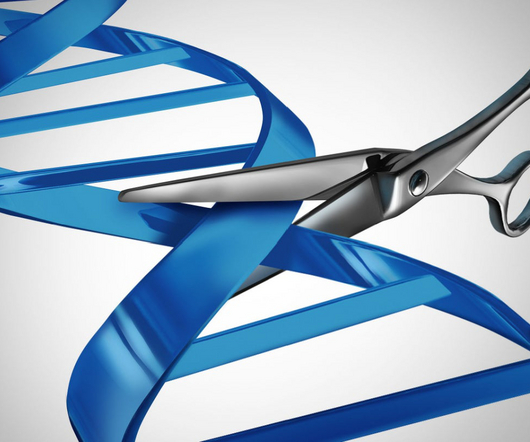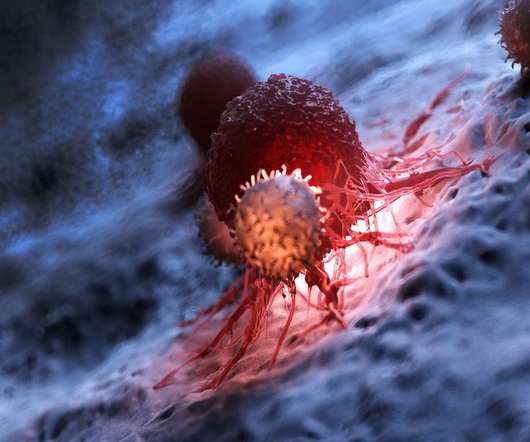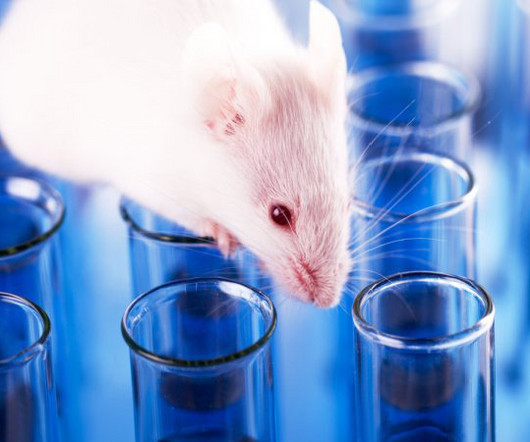Ginkgo acquires machine learning biotech Patch Biosciences
Drug Discovery World
MARCH 7, 2024
Ginkgo Bioworks has acquired Patch Biosciences, with the intention to strengthen its gene therapy services, cell therapy services, and RNA therapeutics services. The collaboration achieved its goals of enhancing the AAV production titres of Biogen’s gene therapy manufacturing processes.

















Let's personalize your content